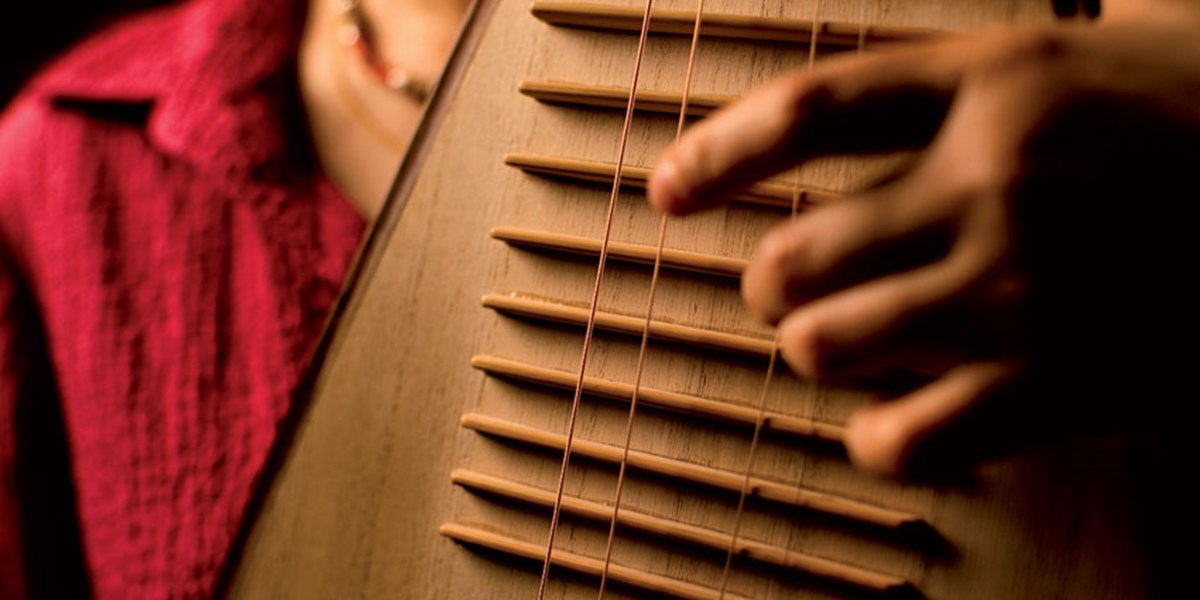Monday, February 25, 2019
The Pipa: a guide to the Chinese lute
A masterful instrument played by masterful players – Michael Church talks to internationally acclaimed artist Wu Man and looks at the historical importance of the Chinese lute

(Photos by Jaimie Gramston)

Register now to continue reading

Thanks for visiting the Songlines website, your guide to an extraordinary world of music and culture. Sign up for a free account now to enjoy:
- Free access to 2 subscriber-only articles and album reviews every month
- Unlimited access to our news and awards pages
- Our regular email newsletters

